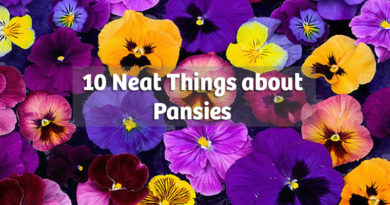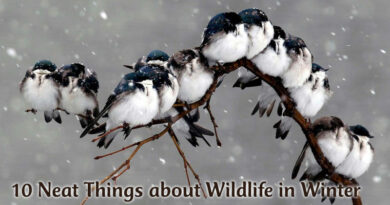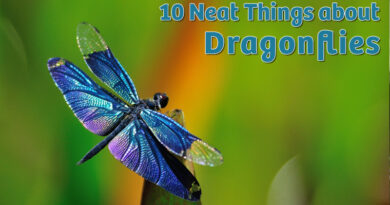About Roses
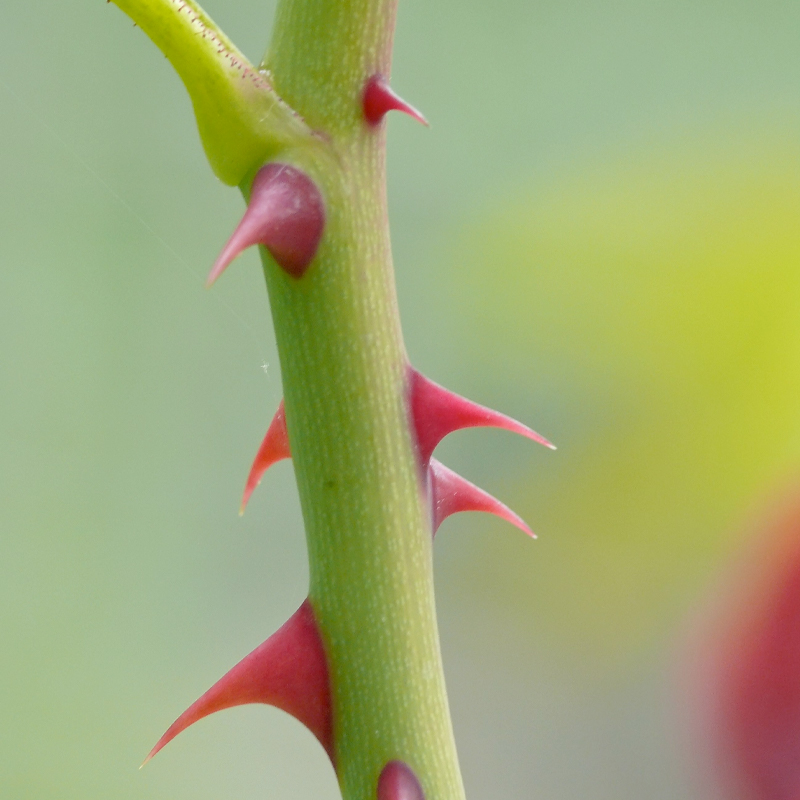
1. Prickle or thorn, it still hurts.
Technically, roses have prickles. Thorns are modified leaves containing vascular strands of the plant (the system that moves water around) and they are difficult to break off a plant. A prickle is a growth on the outer layer of the stem and it breaks off easily. Whatever those sharp things are, though, wear thick gloves when you handle them!
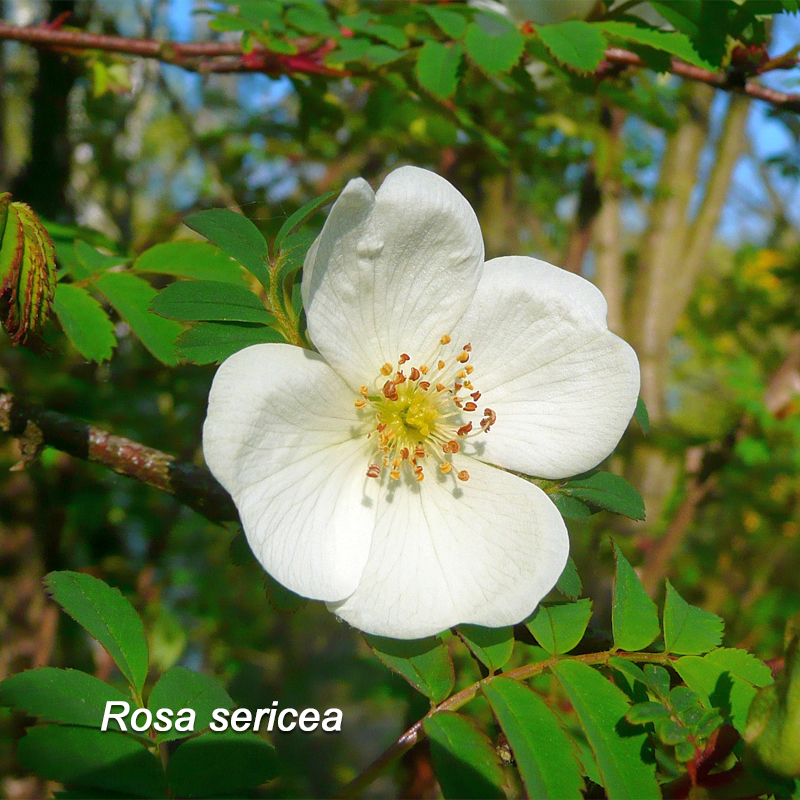
2. Rose petals.
Almost all wild roses have five petals, but Rosa sericea from China has only four. Full blossom roses generally have 26 to 40 petals, although many old English roses have more than 100 petals. Semi doubles have eight to 16 petals and doubles have 17 to 25 petals. Rosa chinensis ‘Viridflora’, the green rose, has no petals at all. Instead, it is just a series of sepals.
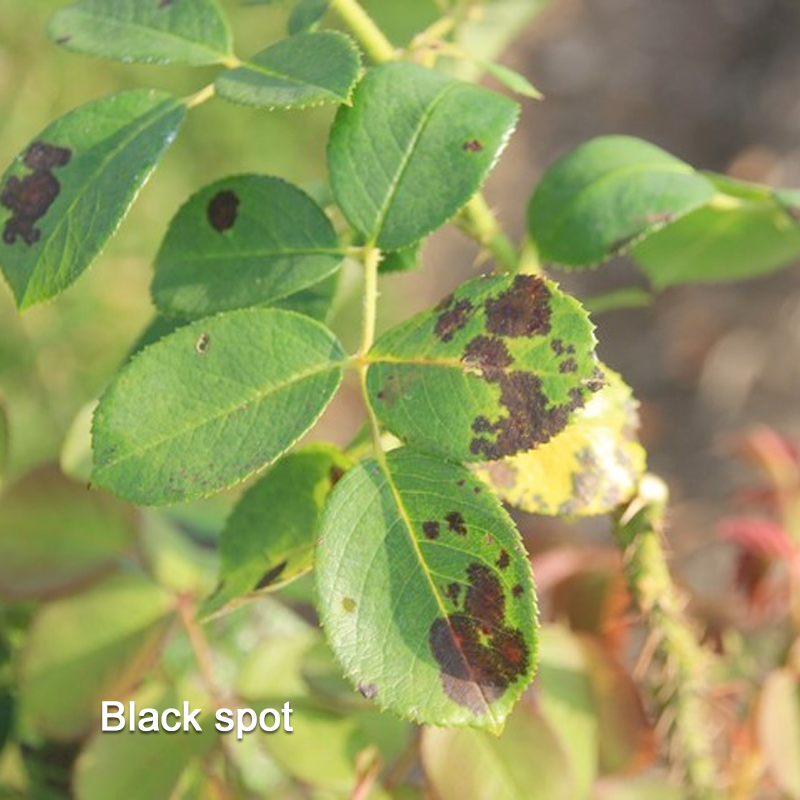
3. Out! Black spot!
Black spot is caused by a fungus called Diplocarpon rosae. The fungus overwinters on rose leaves and stems. It does not, however, survive in soil. The concern that your roses will get black spot if soil splashes up onto the leaves during a hard rain is often repeated but incorrect. It is, however, water borne.
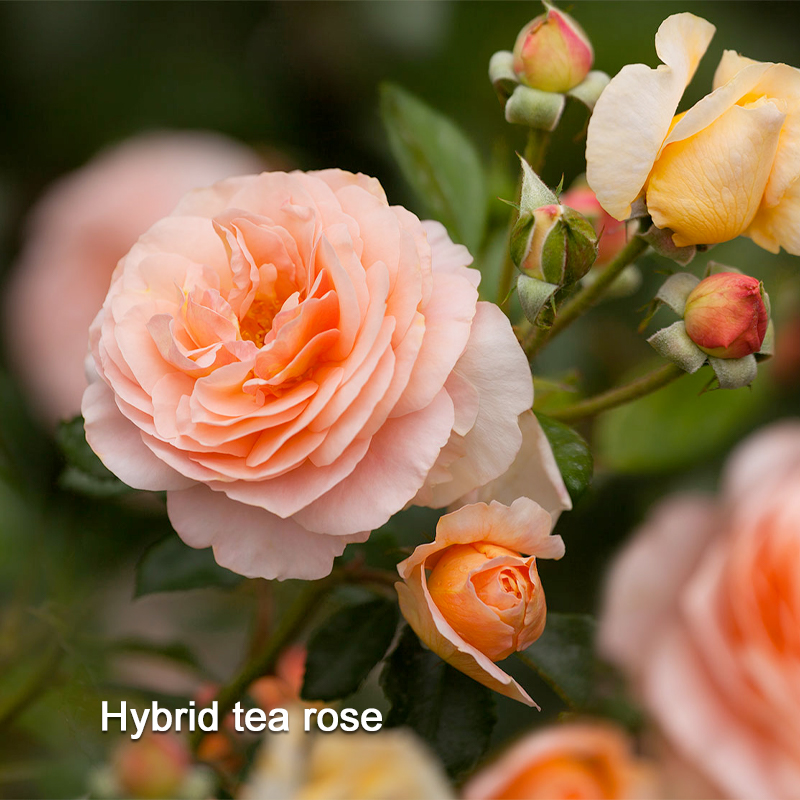
4. Smells like tea to me.
True, in a roundabout way. Modern hybrid teas are descended from hybrid perpetual roses crossed with older tea roses; those older tea roses tend to have a tea-like fragrance. Hybrid teas may or may not smell like tea, depending on the variety; personally, I find most of the ones I come across smell like raspberries.
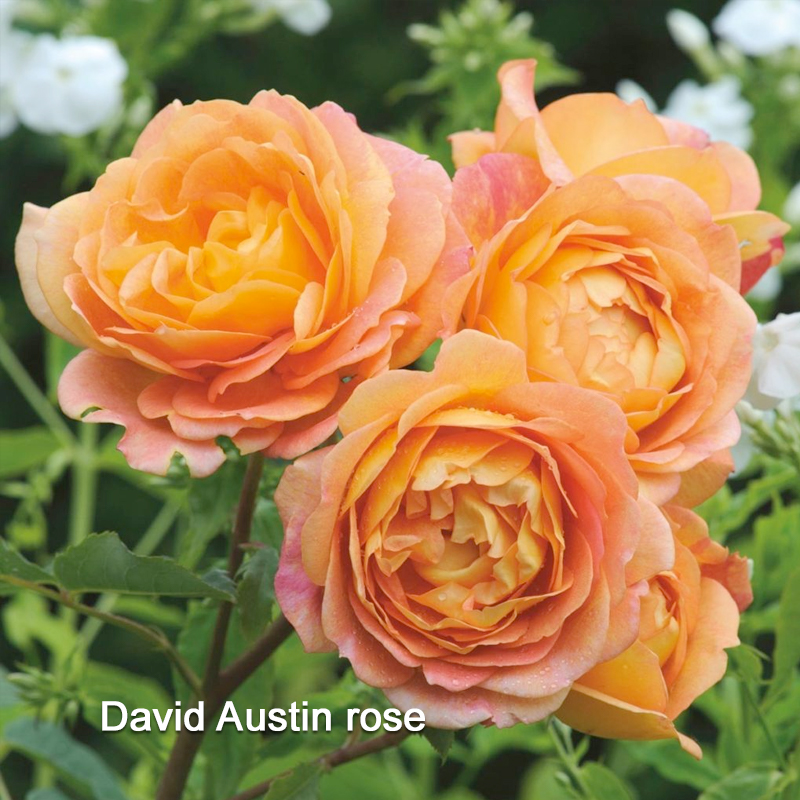
5. Who was David Austin?
There are hundreds of David Austin rose cultivars. David Austin was a rose hybridizer in England who started, in 1963, to create hybrids of old garden roses with modern hybrid teas and floribundas. His aim has been to produce repeat-blooming roses with old-fashioned characteristics in terms of shape and scent. David Austin cultivars, sometimes known as English roses, are enormously popular where they are hardy, which is mostly above Zone 5. Austin died in 2018, but the company continues to sell roses.
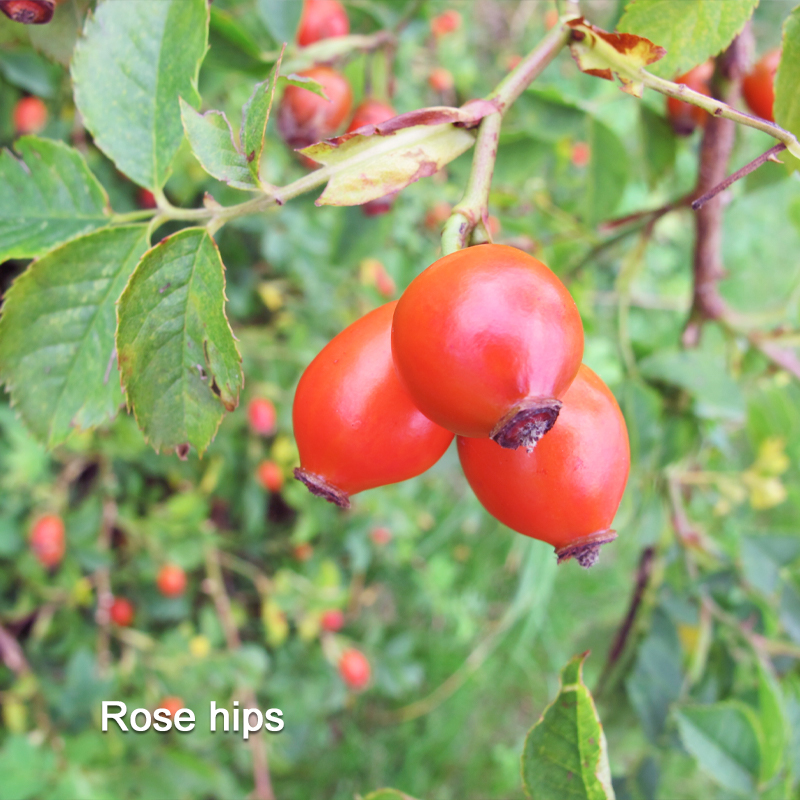
6. Creating a bed for roses.
If you want more rose hips, don’t deadhead your roses. If you want your roses to shut down and gather strength for winter, stop deadheading them six weeks before the expected first frost. Stop fertilizing them then, too.
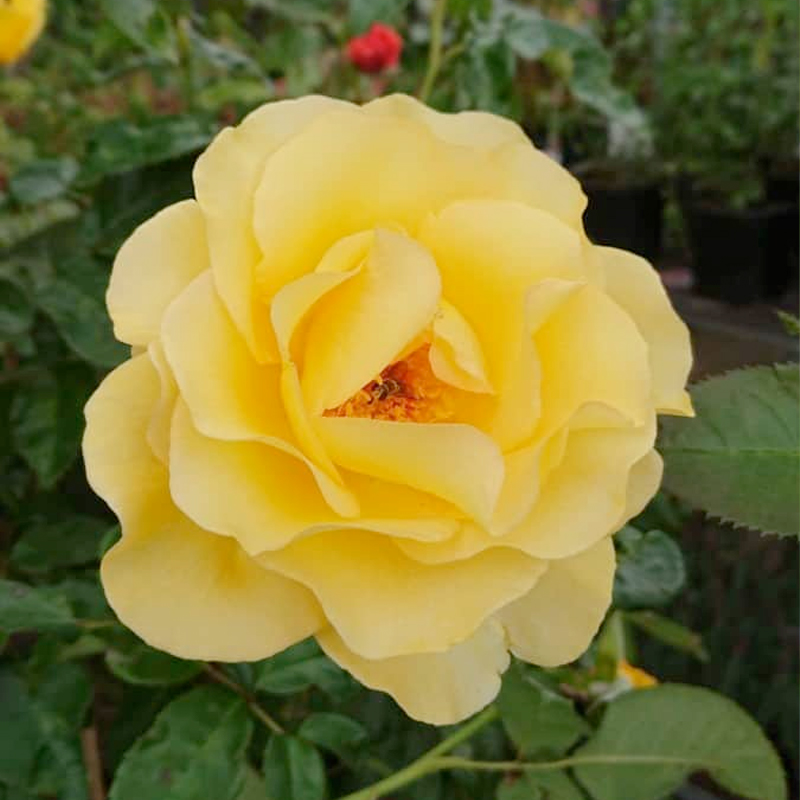
7. Roses in shade.
It is true that roses love sunlight, but full sun means anything more than six hours per day. Moreover, some of them like a bit of dappled shade or even as little as four hours of sunlight. These tend to be the fragrant, old fashioned varieties and some of the florabundas and shrub roses.

8. Pruning dos and don’ts
In southern Ontario, where the forsythias rarely bloom before the last hard frost has passed, the rule of thumb is to prune roses when the forsythia are in bloom. In more northern climes, prune before the rose starts growing again in the spring, after the buds are good and swollen. Shrub roses, the most common type in colder areas, just need to have any dead wood removed. Otherwise, they don’t need pruning.
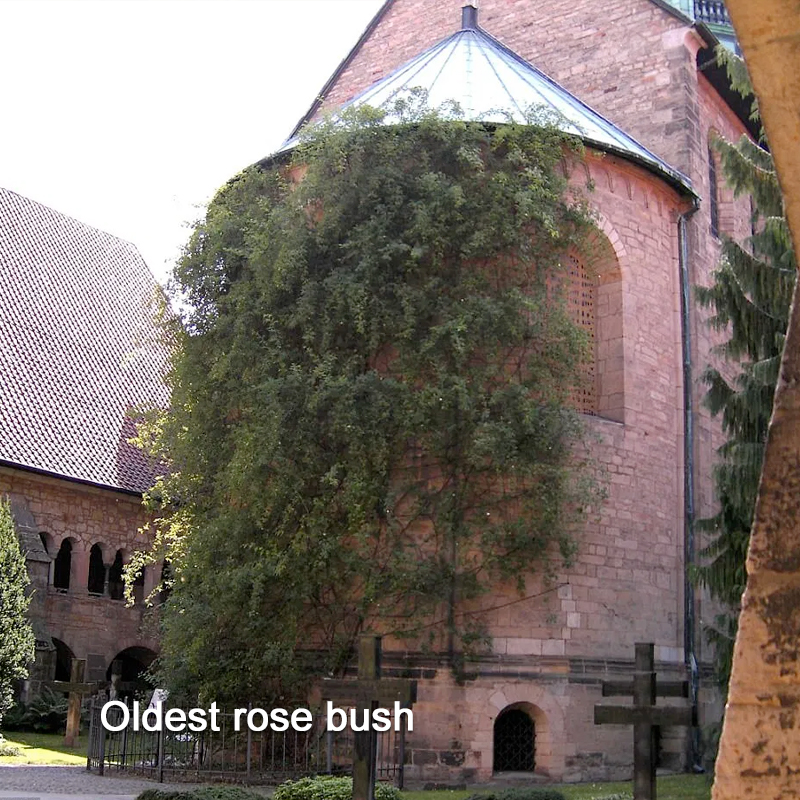
9. Talk about old roses.
The (suspected) oldest rose bush in the world is said to be 1,000 years old and grows on the wall of a ninth-century cathedral in Hildesheim, Germany. Long beloved by the town, it was threatened by a 1945 bombing that severely damaged the cathedral and left the rose bush buried in the rubble. Reports have it that the townspeople despaired at the thought of rebuilding the cathedral until they saw the branches of the rose emerge again and begin to bloom.
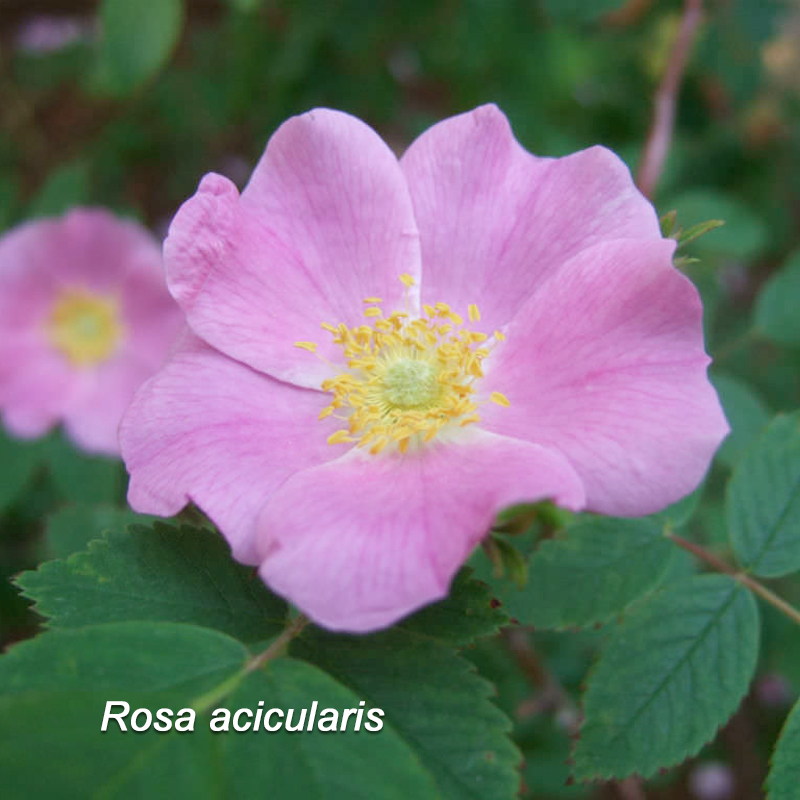
10. Canadian roses.
There are three Canadian species: Rosa acicularis, R. nutkana and R. blanda. They are all singles. Just released is a lovely new rose in the 49th Parallel Series sponsored by the Vineland Research and Innovation Centre. Named ‘Aurora Borealis’, it is a “sunset pink set against dark green and glossy foliage”. It is hardy across Canada.
-Dorothy Dobbie Copyright©
Pegasus Publications Inc.




